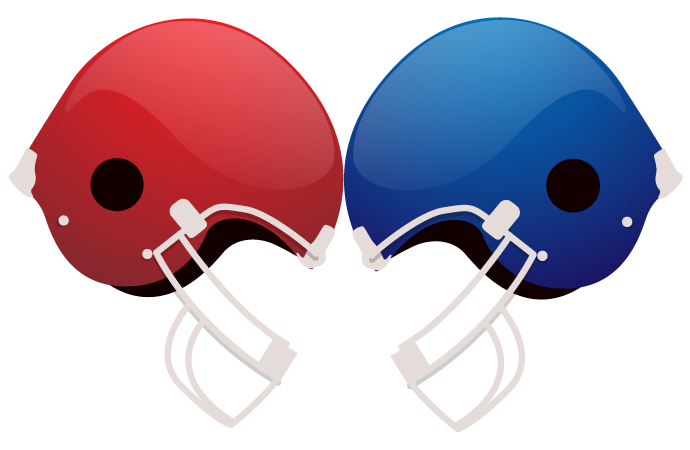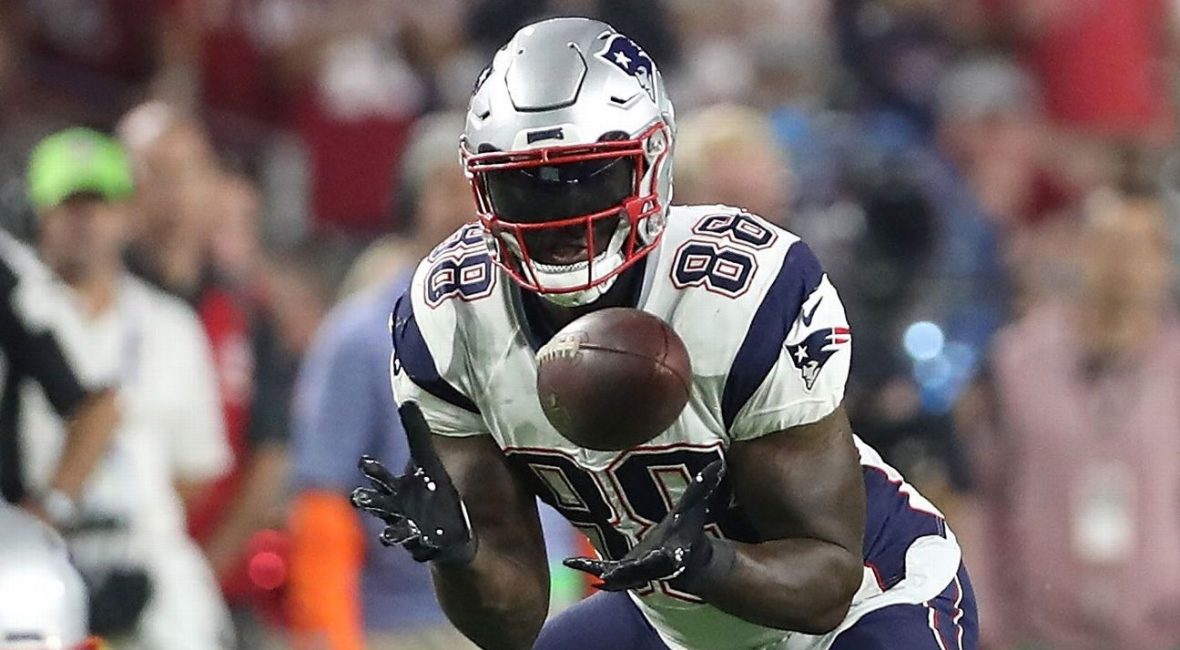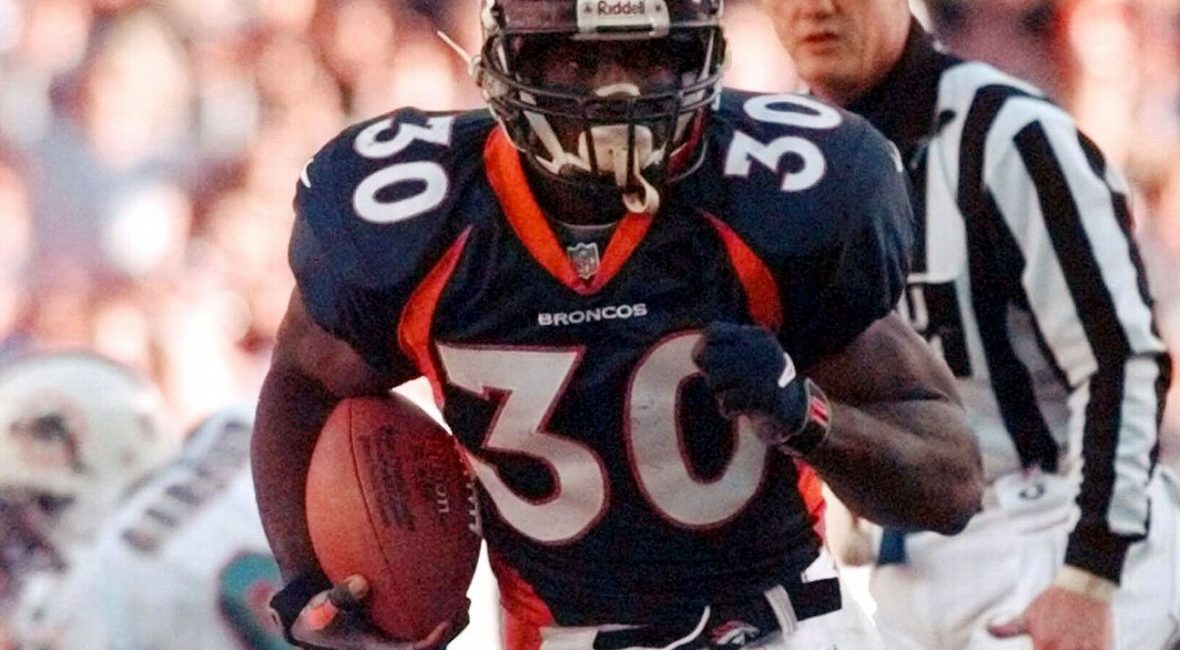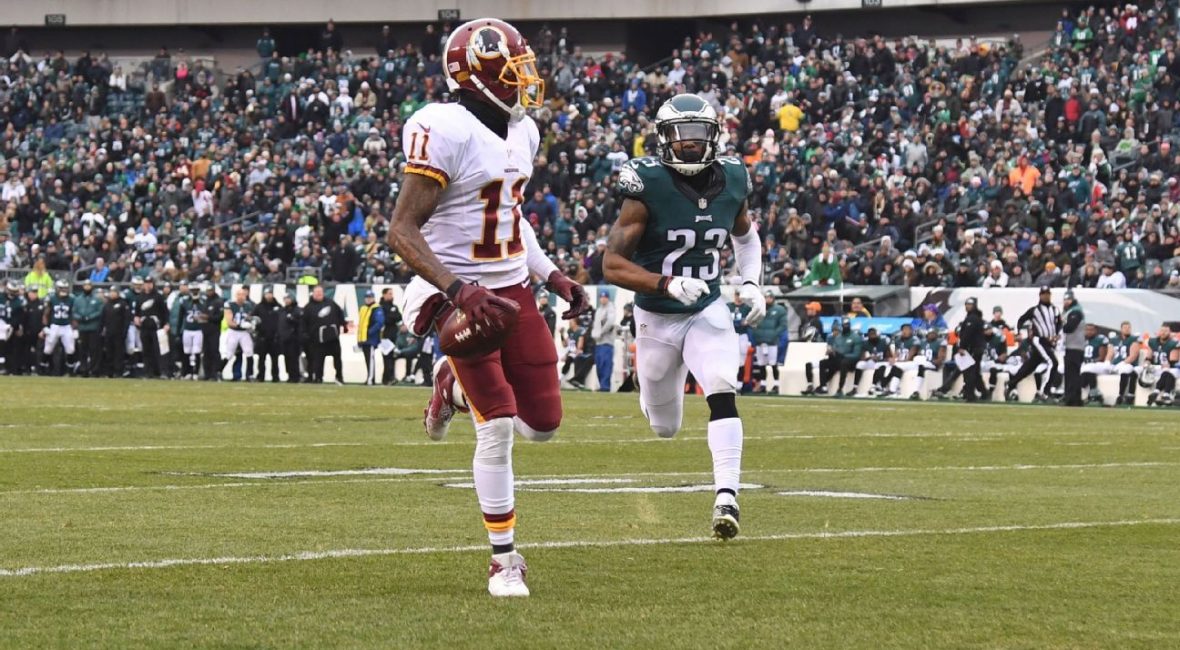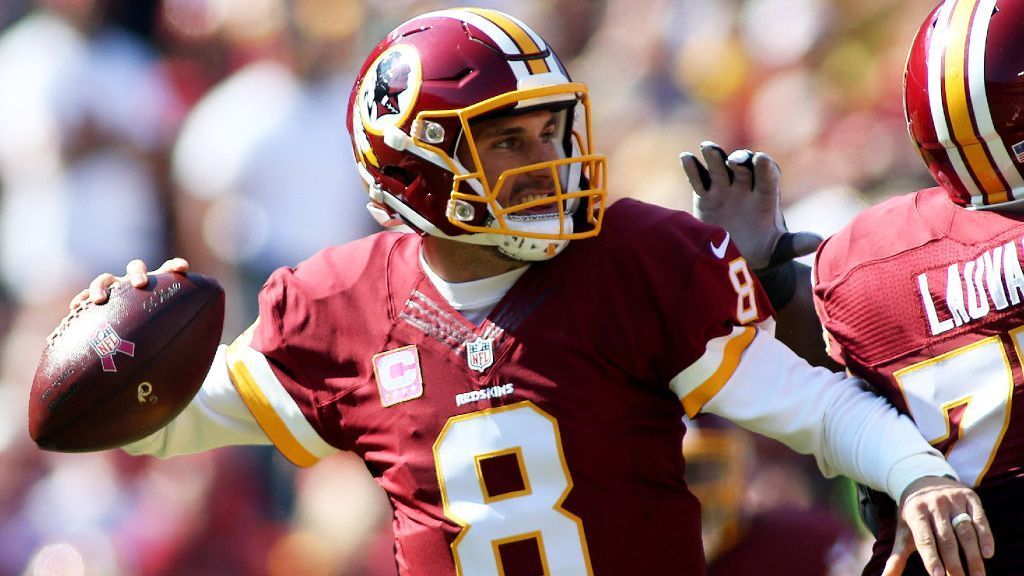The NFL combine is less than two weeks away, and days after that the free agency period will begin with the start of the new league year. So it’s time for the Detroit Lions — and every other team in the NFL — to begin to take stock of what they have and where they can upgrade and improve.
With that in mind, we’ll do that as well with every position on the Lions roster leading into next week’s combine. And just a reminder that things can change incredibly quickly over the next few weeks as Detroit decides which players to re-sign and let go.
Today we’ll look at a position the Lions might end up overhauling: Tight end.
Under contract: Eric Ebron (starter), Cole Wick, Khari Lee, Kennard Backman
Free agents: Matthew Mulligan, Tim Wright, Clay Harbor
Chances Lions bring back their own free agents: Mulligan and Wright would seem like possibilities, at least to compete for jobs. The Lions held on to Wright throughout the season after he tore his ACL, and he can be a receiving threat as a tight end. Mulligan is a blocking tight end the Lions found use for throughout the season. Of course, there’s a chance Detroit could upgrade the position entirely outside of Ebron — and the Lions have to decide at some point this offseason whether they’ll pick up Ebron’s fifth-year option for 2018 as well.
What do the Lions need between free agency and the draft: This is an area Detroit could try to make a big splash. But there will likely be a combination of free agency and the draft here. If the Lions were to decide not to pick up the fifth-year option on Ebron, the position becomes a high priority for the future as well.
Three free agents to look at:
Martellus Bennett, New England: One of the more entertaining talkers in the NFL, Bennett is also the biggest prize out there in this position group. The 29-year-old has moved around throughout his career, spending four seasons in Dallas, one with the New York Giants, three with Chicago and last season winning a Super Bowl with the Patriots. He has scored three or more touchdowns every year since 2012 and has been durable, playing all 16 games four of the past five seasons. This would be a large investment, but if the Lions wanted to try and diversify their offense — and give Matthew Stafford another big, reliable target — they could look at Bennett. Plus, Bennett is an exceptional blocker, making him a complete tight end and a high-value target around the league.
Anthony Fasano, Tennessee: This would be a stop-gap option, but likely one that would come at a very reasonable value. Fasano turns 33 in April and isn’t considered a standout receiver, but he is a good blocking tight end and has shown in the past he can be somewhat of a threat in the red zone. If Detroit wanted to pick up a blocking tight end on a short-term deal while drafting someone to develop behind him, Fasano could be an intriguing target.
Mychal Rivera, Oakland: He doesn’t have huge numbers, but if the Lions commit to Ebron, Rivera would be able to come in and have a role behind him. He’s also younger, not turning 27 until September. His numbers have never stood out and he’s not the red zone threat some other players on the market are, but if the Lions are looking for low- to mid-level options at the position, he could be a player worth investigating.
Three combine rookies to consider:
Jake Butt, Michigan: He has the talent to be a high-end draft pick, but a torn right ACL in December’s Orange Bowl will likely knock him down some draft boards. If he’s around in the second or third round, he could be a value pick for Detroit and give the franchise insurance in future years with Ebron. Butt had 138 career catches for 1,646 yards and 11 touchdowns at Michigan. This would be a long-term pick, but one that could be a wise investment, depending what doctors say.
Michael Roberts, Toledo: If the Lions want to go the developmental route at the position, Roberts could be a fit. He has the body at 6-foot-4, 261 pounds to be a good blocker and would be a good complement to Ebron as a tight end who mostly plays on the line instead of split out, like Ebron typically does. His college stats aren’t impressive — 70 catches for 832 yards — but he has 22 career touchdowns, including 16 last season. He’s a legitimate red zone threat.
Adam Shaheen, Ashland: He is an intriguing player. He started his career as a Division II basketball player at Pitt-Johnstown before transferring to Ashland and has impressive size at 6-foot-6, 277 pounds. He actually left school with a year of eligibility remaining, which is almost unheard of on the Division II level. He had 70 catches for 803 yards and 10 touchdowns in 2015 and followed it up with 57 catches for 867 yards and 16 touchdowns last season. How he runs and looks in drills at the combine could put him in really good position come draft time. But the measurable numbers and receiving abilities are clearly there.

